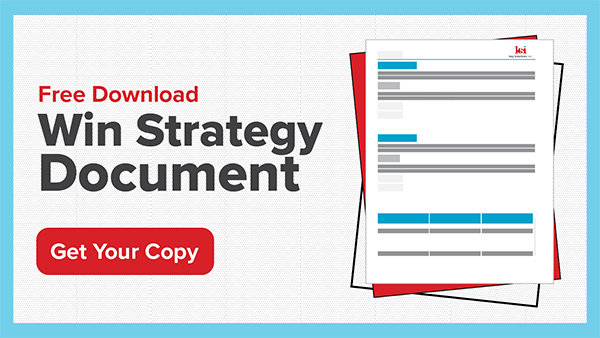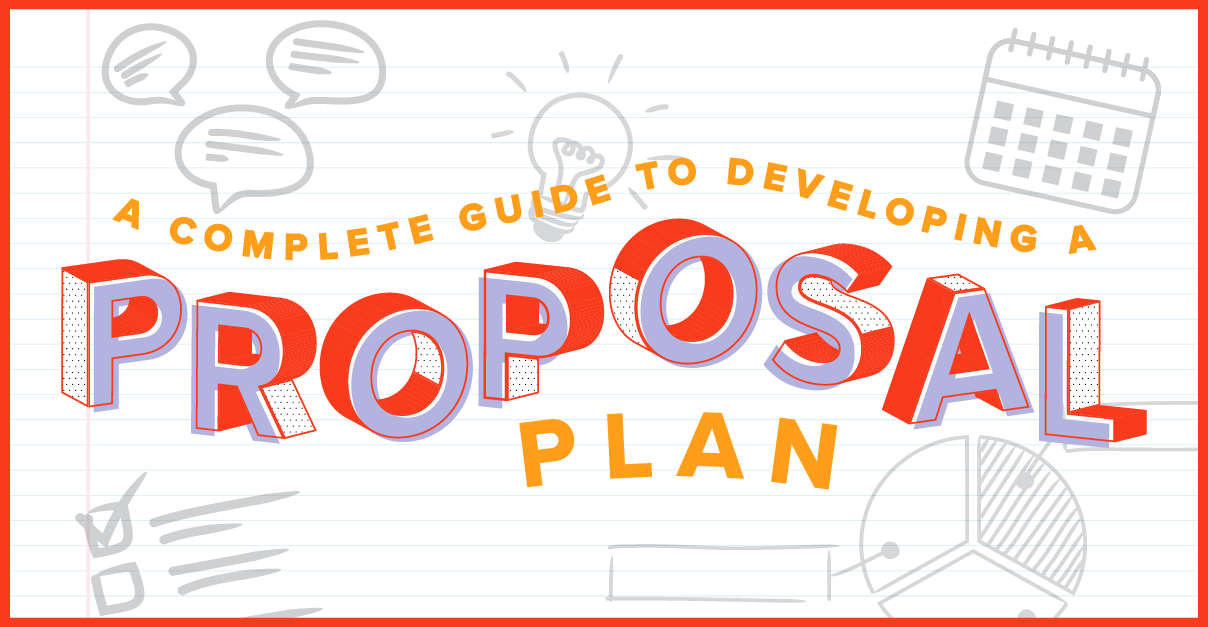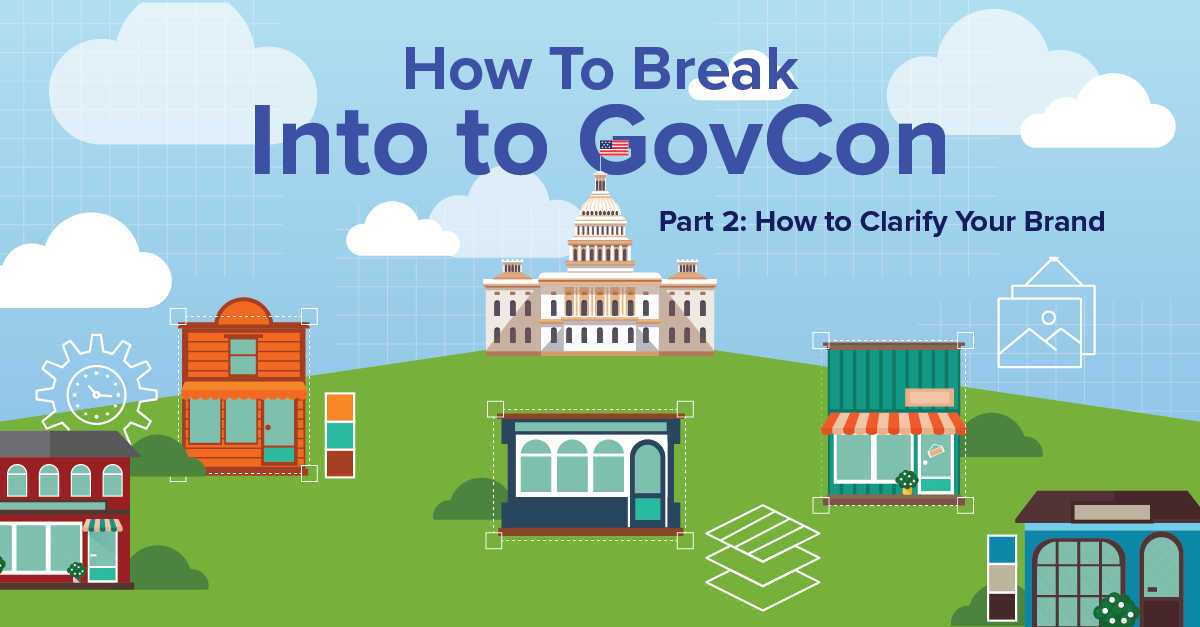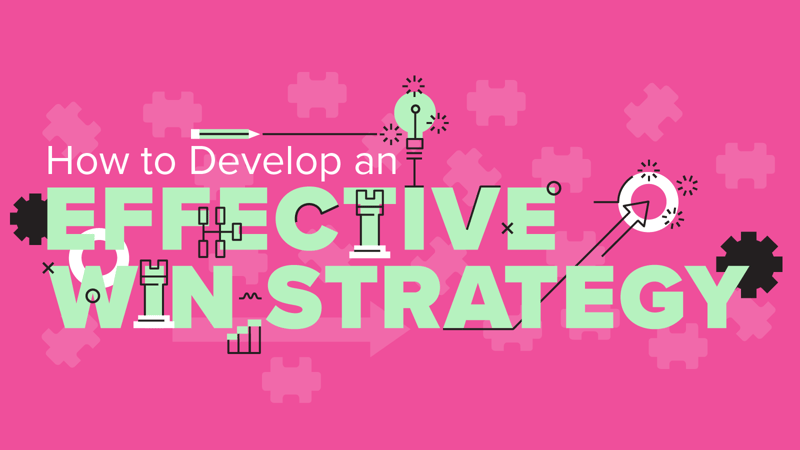
In the world of bids and proposals, we have a unique lexicon that we apply so that we are all speaking the same language.
The problem with this is that for those who are new to the industry, many of these terms are foreign and meaningless at first. It takes a while to understand the language, the processes, and the best practices. One term we get asked about regularly is the win strategy.
The win strategy, also known as a proposal strategy, is the blueprint for how your company will win the potential opportunity. It provides the strategy and intelligence for convincing the government evaluators your company is the best overall choice to deliver the upcoming contract.
The win strategy is among the most critical elements of the proposal process—and yet because it is a somewhat foreign concept—it’s an element we too frequently skip.
Each win strategy is unique to the specific procurement. The KSI Advantage™ win strategy development process comprises four key steps that are tailored based on the size of the opportunity:
- Conduct a Win Strategy Kickoff
- Apply the Decision Block Process©
- Document the Value Proposition
- Develop the Win Strategy Document

The win strategy should be developed during the capture phase—after sufficient data has been gathered on the opportunity, customer, and competition. A good win strategy will provide a vision for the winning messaging and key language used in your proposal, but it must not be so rigid that it cannot be adjusted.
A win strategy must be flexible and adaptable to change with competitive considerations that arise during the opportunity lifecycle. You should check and update the win strategy periodically at key milestones, including the final RFP release, Pink Team, and Red Team Reviews.
1. Conduct a Win Strategy Kickoff
For large, high-visibility proposal efforts, the KSI Advantage™ approach recommends beginning the win strategy definition with a Win Strategy Kickoff. The Win Strategy Kickoff is a 1- to 2-day planning session with all members of the Capture and Proposal Team. The Win Strategy Kickoff should be led by an experienced meeting facilitator who sets the agenda and assigns action items, as appropriate.
The Win Strategy Kickoff serves to validate, set, or refine the win strategy. Critical items covered during the Win Strategy Kickoff include the company or team strengths and weaknesses, competition, themes, innovations, and other elements of the technical and management approaches. Results of the kickoff are documented and made available for use during the proposal development process.
A typical Win Strategy Kickoff Agenda is shown in the figure below:
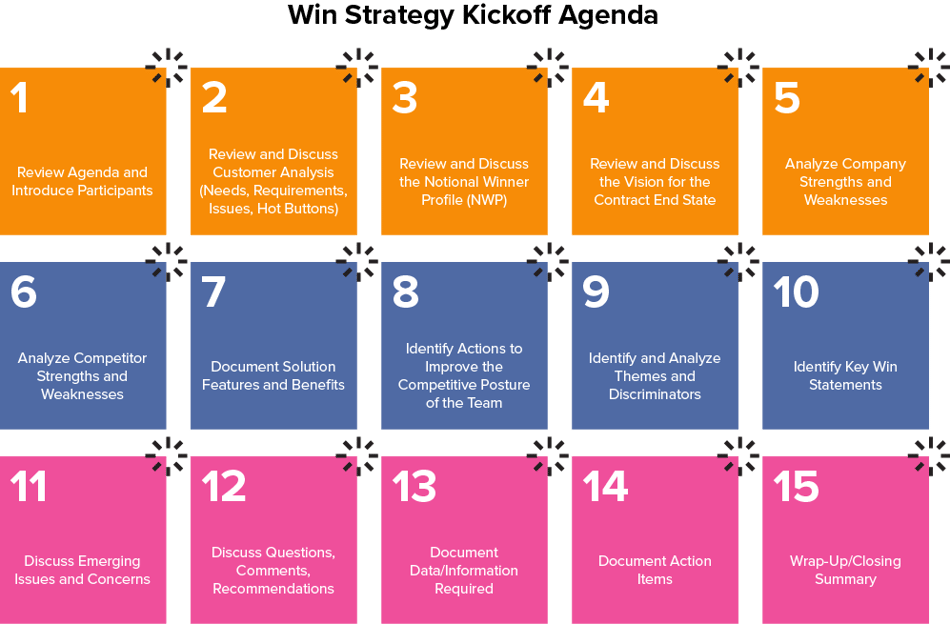
2. Apply the Decision Block Process©
The KSI Advantage™ approach uses the KSI Decision Block Process© to tackle important issues related to win strategy development. Decision Blocks are a way of grouping together interrelated issues so they can be worked in a disciplined and logical sequence.
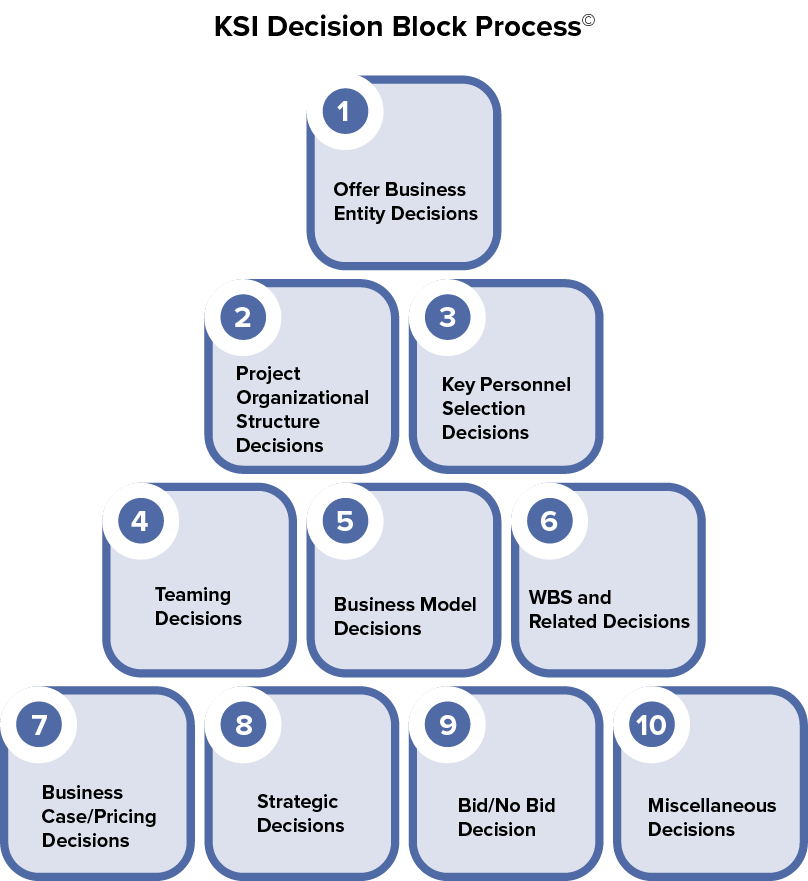
The Decision Block Process© helps minimize proposal risk by identifying and resolving key issues early in the proposal process. Like the Win Strategy Kickoff, it is helpful to hold a Decision Block Process© meeting led by an experienced facilitator. The answers gathered from the meeting form the building blocks of the proposal effort. Outputs from the Decision Block Process© are documented in the Win Strategy Document.
The Decision Block Process© questions are summarized in the table below. You should modify these questions, as necessary, based on the individual solicitation requirements.
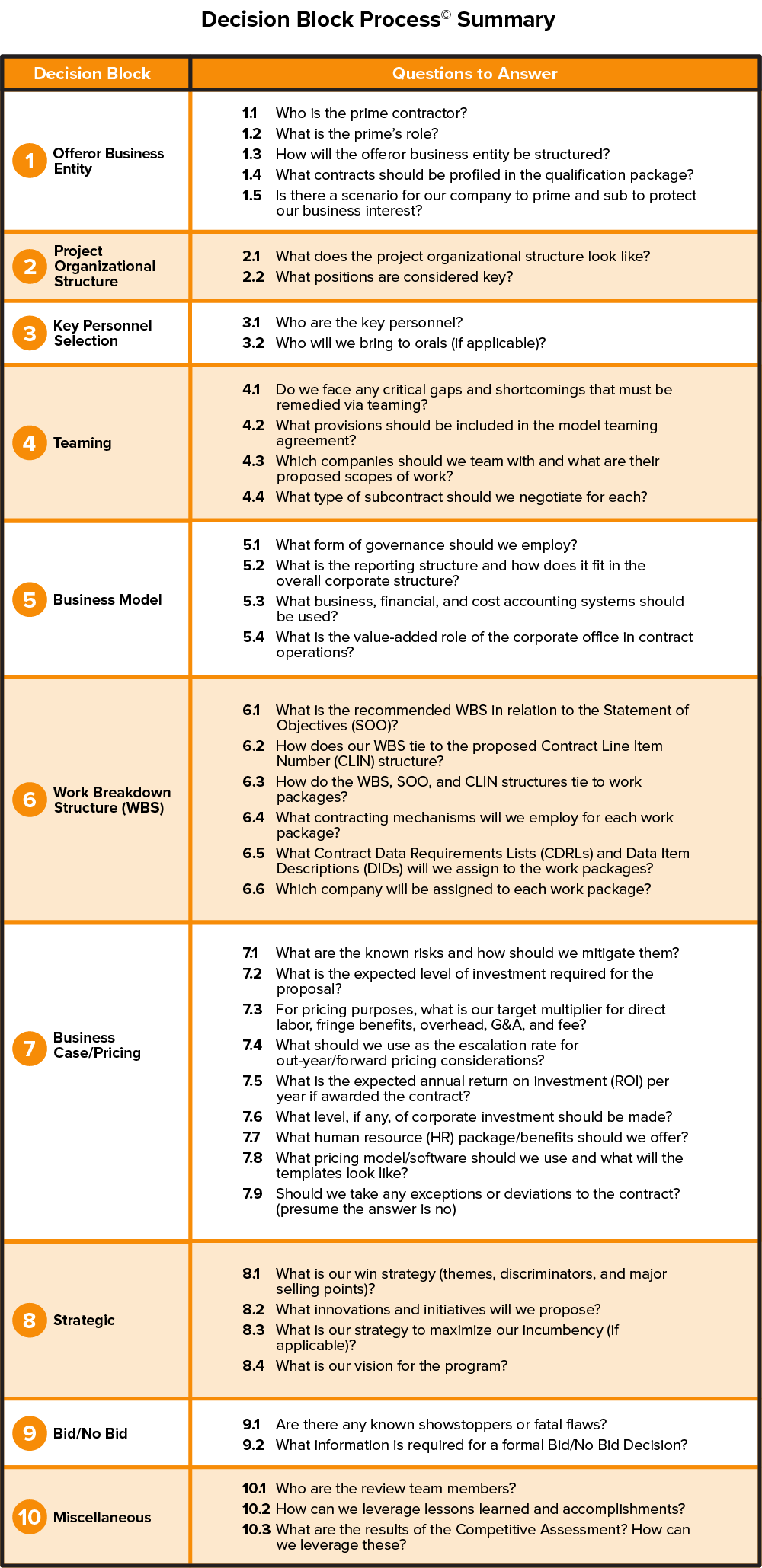
3. Document the Value Proposition
Using the outputs from the Win Strategy Kickoff and the Decision Block Process, the team should develop and document their Value Proposition. The Value Proposition summarizes the case for why the company should be awarded the contract. It is the rationale or justification for winning.
To develop the Value Proposition, start with the information the government needs to justify selecting your company or team. Then give the evaluators the key points they can use to support the decision, quantifying where possible. The table below shows a sample Value Proposition.
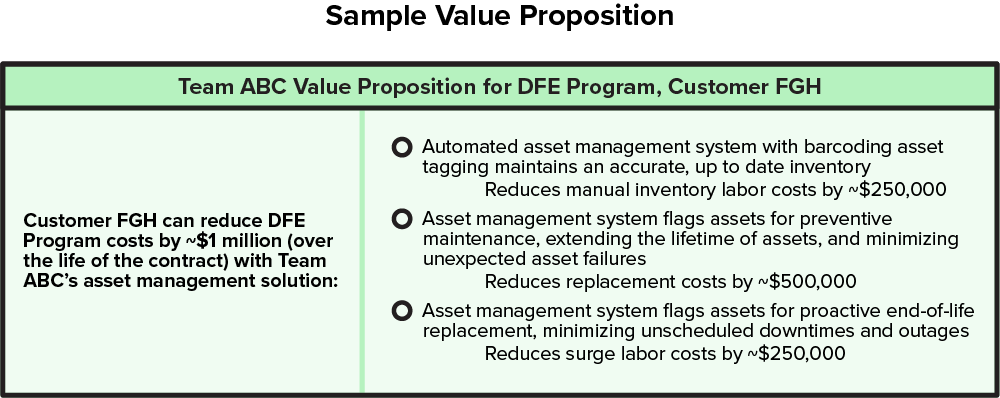
4. Develop the Win Strategy Document
The outputs from the Win Strategy Kickoff, Decision Block Process, and Value Proposition can be used to develop the Win Strategy Document. The Win Strategy Document provides the roadmap for how to win the contract. The table below presents the standard contents of a typical Win Strategy Document.
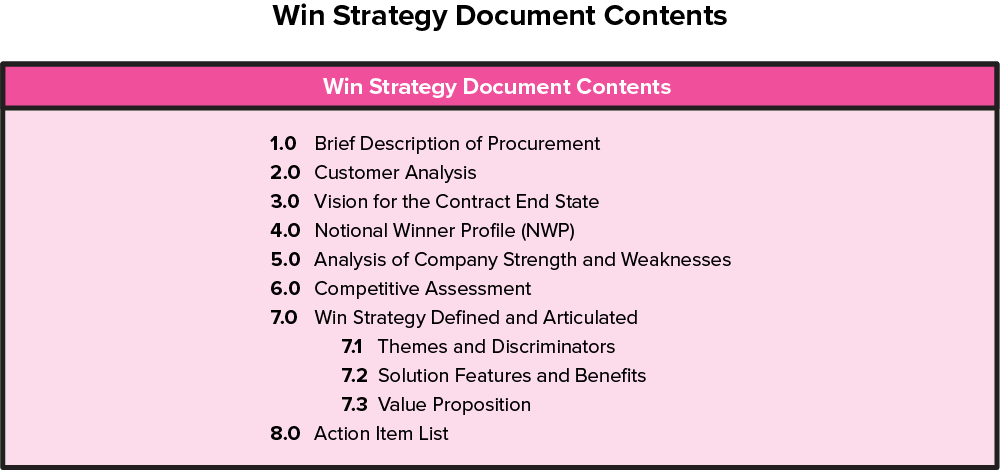
Final Thoughts
In the competitive world of contracting, writing a compliant proposal simply isn’t enough. The Win Strategy Document leverages capture intelligence on the customer, competition, and your company’s position to document the overall value proposition, as well as major themes, discriminators, features, and benefits.
Together, these key elements provide the blueprint for the proposal team to develop compelling content tailored to the unique opportunity and customer. Moving beyond generic proposal boilerplate content can provide your team with the competitive edge necessary to start improving its position and start winning more contracts more frequently.



